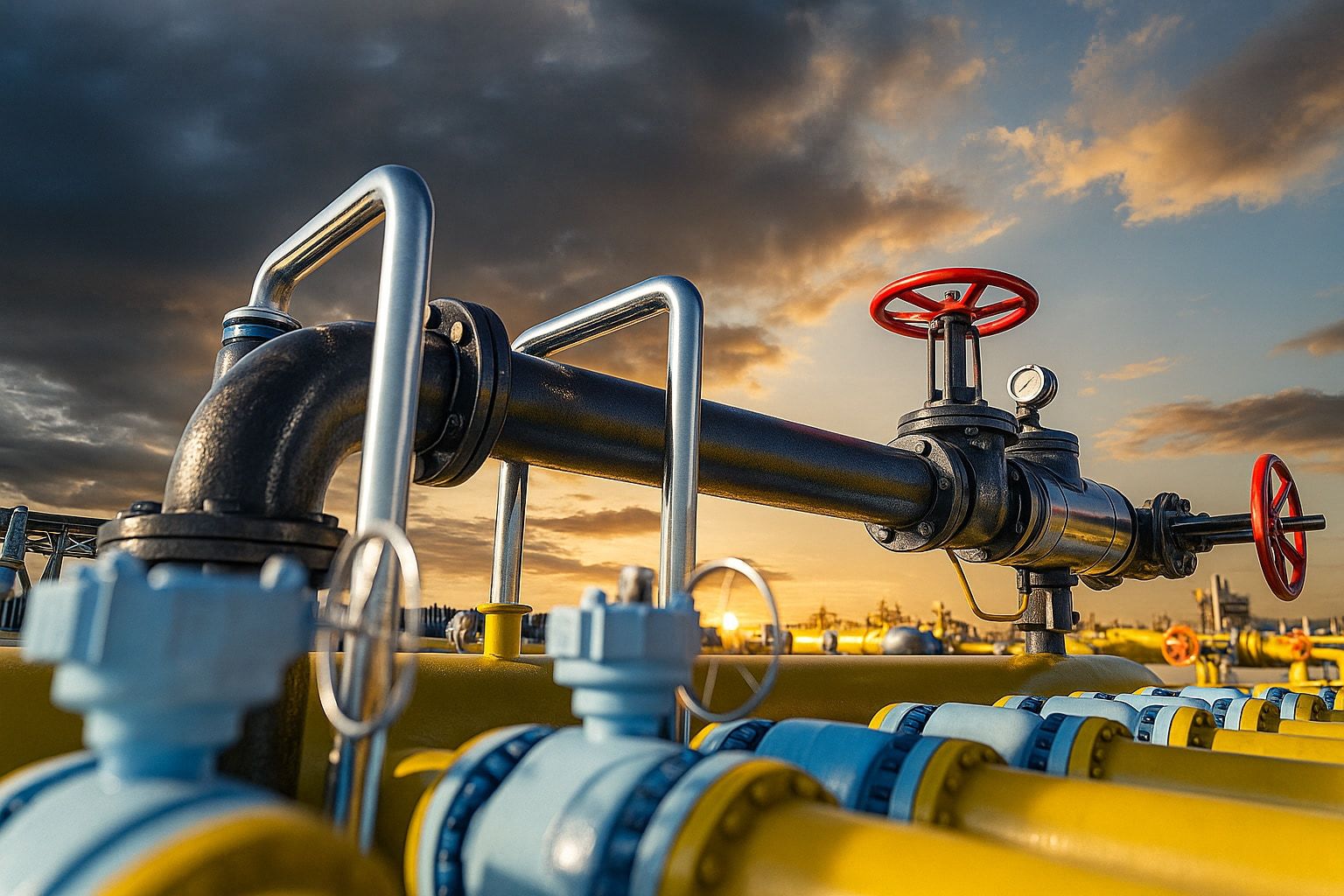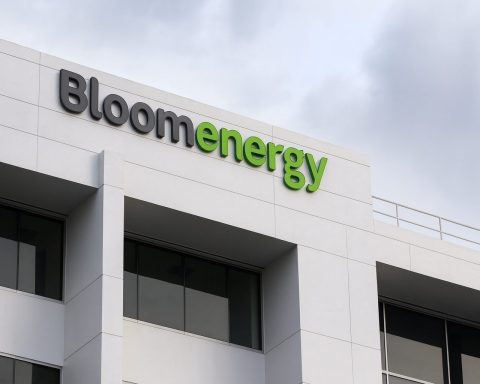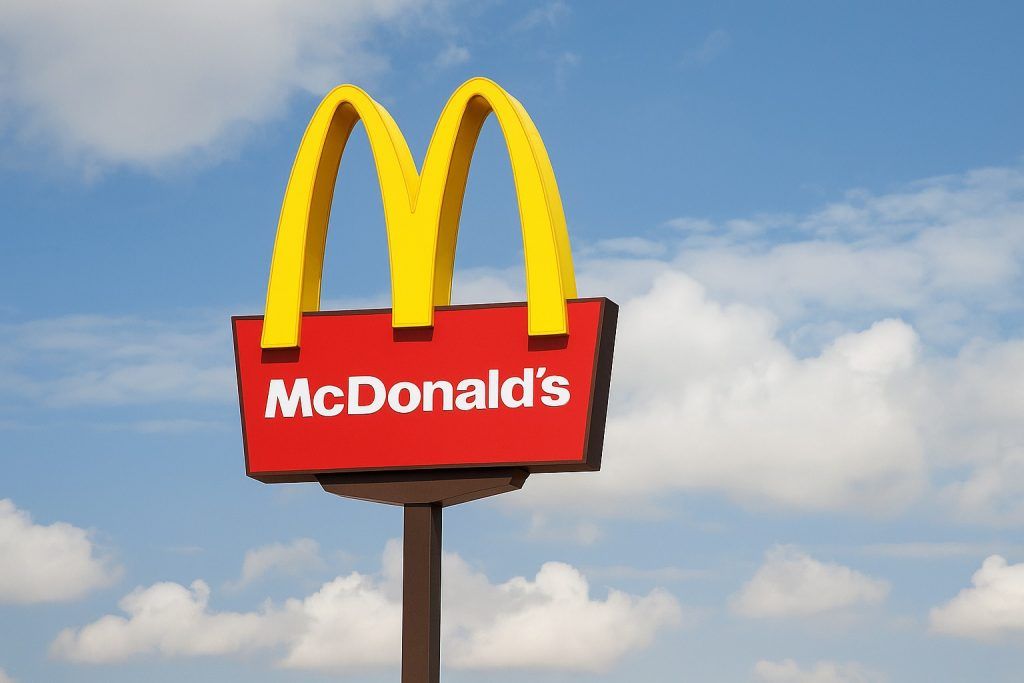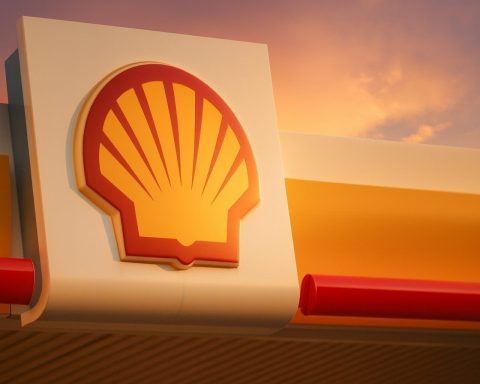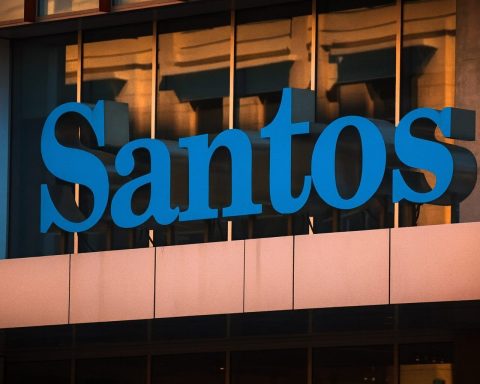- Demand Collapse: Analysts project Europe’s overall gas use will fall steeply. The IEA forecasts OECD Europe’s gas consumption down about 10% from 2024 to 2030 [1], and the Ember think tank finds EU gas demand will drop ~7% by 2030 (from 326 bcm in 2023 to 302 bcm) [2]. IEEFA predicts a 15% decline in gas use (and a 20% fall in LNG imports) by 2030 [3]. “Europe has installed or expanded 19 LNG terminals since 2022… Yet a series of recent terminal cancellations and closures suggests that European countries have overstated the continent’s LNG demand,” notes IEEFA’s Ana Jaller-Makarewicz [4].
- Pipeline Cuts, LNG Uptick: Russia’s piped gas exports to Europe have hit historic lows. With Ukraine transit ended in Jan 2025 and Nord Stream offline, Gazprom’s only remaining TurkStream route delivered ~14.7 bcm in Jan–Oct 2025 (vs 13.7 bcm in 2024) [5]. Overall Russian piped gas into Europe fell ~45% (≈10 bcm) year-on-year in Q1–Q3 2025 [6], meeting “less than 10% of European demand” in that period [7]. Europe’s reliance on U.S. LNG has surged – U.S. supply was 57% of Europe’s LNG imports in H1 2025 (up 46% YoY) [8] – while Russia’s LNG (not yet banned) hit record highs in 2025 despite sanctions [9].
- EU Policy Push: In response, the EU is moving to cut Russian gas entirely. In October 2025, EU energy ministers agreed to end all Russian gas imports by end-2027 [10], banning new contracts by Jan 2026 and phasing out existing ones by 2028 [11]. A proposed 19th sanctions package would ban Russian LNG imports from Jan 1, 2027 [12]. (Russian pipelined gas still supplies ~13% of EU gas in 2025 [13].) Meanwhile, sources like CEPA note Europe is tapping new corridors (linking German, Italian, Polish, Greek LNG terminals and regional networks) to replace Russian volumes [14] [15].
- Stock Market Moves: Energy stocks reflect the turmoil. Russian gas giant Gazprom (MCX: GAZP) traded near 117.13 ₽ on Nov 5, 2025 (up ~1% from prior close) [16], having fallen from a 52-week high of 184.80 ₽. Oil-and-gas major LUKOIL (MCX: LKOH) was around 5,529 ₽ [17], near its annual low. (For comparison, banks like Sberbank and Rosneft are also down, reflecting sanctions and market shifts [18].)
- Storage & Prices: Europe’s gas storages are well below norm (≈83% full vs a typical ~96% at this season [19]), as mild renewables output forces more gas burn. Germany’s gas-fired power output jumped ~15% in Jan–Oct 2025 vs 2024 [20], hampering refill of buffers. Platts NW Europe LNG marker was ~$10.24/MMBtu on Oct 27, 2025 [21], underlining abundant LNG supply and subdued price pressure.
- Renewable Surge: Analysts stress renewables are curbing gas demand. The IEA notes that NW Europe’s gas burn is plunging as solar/wind replace gas plants [22], and that renewable power output is expected to grow >40% by 2030 [23]. Ember’s Tomos Harrison warns: “An electrified economy is where the EU is definitively heading, and any rush to overbuild gas infrastructure will inevitably end in costly stranded assets” [24].
Demand Forecasts and Key Drivers
Natural gas consumption is on a downward trajectory in Europe. In 2023, the EU already used 19% less gas (326 bcm) than in 2019 (404 bcm) [25]. New analyses predict further drops: the IEA’s Gas 2025 report expects OECD Europe’s gas demand to shrink 8–10% from 2024 to 2030 [26]. Much of the decline comes in power generation, where gas use is projected to plunge ~25% by 2030 (removing ~30 bcm of gas-to-power demand) [27]. This is because renewables (wind, solar) will flood the grid – the IEA forecasts renewable output up >40% by 2030 [28] – and energy efficiency and electrification (heat pumps, efficiency standards) will trim demand in buildings [29]. Even industry and commercial gas use is not immune: IEA sees industry gas demand 10% lower in 2030 than 2021, as efficiency gains and some relocalization offset temporary LNG-price support [30].
Policy and market trends reinforce this decline. Europe’s response to the Ukraine war – building 19 new LNG import terminals since 2022 [31] – initially boosted gas imports, but analysts now say the gas appetite was overestimated. IEEFA reports that after record LNG regasification capacity additions in 2023–24, projects are now being shelved: Germany cancelled or delayed FSRUs, France is removing an idle LNG barge at Le Havre, and Portugal reduced one unit to 2% use [32] [33]. “European countries that continue to build or expand LNG terminals risk investing in unnecessary infrastructure as the energy transition accelerates,” warns IEEFA’s Jaller-Makarewicz [34]. In other words, surplus import capacity is looming even as the renewables build-out bites into gas demand.
LNG Imports and Infrastructure
Despite the gloomy outlook, 2025 has seen a surge in LNG trade to buffer lost pipeline supply. IEA data show Europe’s LNG imports jumped about 24% in H1 2025 vs 2024 [35], and were on track to rise ~25% (adding ~33 bcm) for the full year [36]. The United States leads this flow – its LNG share of Europe’s imports hit 57% in H1 2025 [37] – with Qatar also expanding exports. Platts prices reflect heavy competition: Northwest Europe LNG quotes fell around $10.24/MMBtu by late October [38].
However, the window for such demand may soon close. The IEA now expects Europe’s LNG imports to decline ~5% in 2026, as higher Norwegian pipeline volumes and weaker demand take pressure off [39]. Meanwhile, Europe’s pipeline strategy is shifting: for example, Germany has rerouted new FSRUs and sublet idle ones, and technical issues have cut Greek terminal use to 2% [40]. Investors worry LNG terminals could become “stranded assets” – echoing Ember’s warning that rushing to overbuild gas infrastructure is risky [41] [42].
Russian Gas Exports to Europe
Russian gas exports to Europe have plummeted to multi-decade lows. After the Jan 1, 2025 cutoff of Ukraine transit, the only remaining export route is TurkStream via Türkiye. Gazprom’s deliveries through TurkStream were ~14.70 bcm in Jan–Oct 2025, barely above last year’s figure [43]. By comparison, Russia sent ~63.8 bcm to Europe in 2022, dropping to ~28.3 bcm in 2023 [44] and ~32 bcm in 2024 [45]. The IEA notes piped supplies from Russia to the EU collapsed ~45% (10 bcm) in early 2025 [46] – such that Russian gas now accounts for under 10% of Europe’s demand [47]. (For context, at peak in 2018–19 Russian pipeline accounted for ~45% of EU imports [48].)
Russian LNG exports tell a different tale. Even as pipeline flows shrank, Russia’s LNG shipments to Europe actually rose ~7% YoY in H1 2025 [49], reaching a record for a half-year. France (41%), Belgium (28%) and Spain (20%) have been the main recipients [50]. EU sanctions will ban Russian LNG by 2027, but in the interim it remains a share of Europe’s supply. [51]. Overall, from Jan 2022 through mid-2025 EU countries spent about €120 billion on Russian gas (pipeline + LNG) [52] – a staggering sum now being phased out by policy.
EU Policy Response and New Supplies
Brussels is accelerating its decoupling from Russian fuel. On Oct 20, 2025 EU energy ministers struck a deal to end all Russian gas imports by the end of 2027 [53]. New Russian gas contracts would be banned from Jan 1, 2026, with existing deals unwinding through 2028 [54]. The EU is also eyeing an earlier LNG cutoff: draft sanctions would bar Russian LNG sales to the bloc from Jan 1, 2027 [55]. In practice, Hungary and Slovakia will get special “flexibilities” due to landlocked status [56].
Meanwhile, Europe is diversifying. Market reports (e.g. CEPA) note a flurry of new pipeline and reverse-flow projects linking Eastern Europe, the Baltic and Adriatic with Western terminals and LNG hubs [57]. In early November, U.S. and Gulf exporters will meet Eastern EU buyers in Athens to finalize deals on cheaper LNG supply to Poland, Greece, Ukraine and others [58]. This “gas bridge” strategy – tapping U.S. and Qatari LNG while building out interconnectors – aims to fill the gap left by Russia. It coincides with a global LNG supply surge: analysts expect U.S. and Qatari output to roughly double in the late 2020s [59], matching Europe’s dwindling demand.
Market Impact and Outlook
These shifts are already moving markets. European gas prices have eased in recent months on abundant LNG and mild weather, with Dutch TTF futures around €[state-of-day] and LNG cargoes soft. Low prices further pressure gas-fired generators – reinforcing the IEA’s projection of sharp demand cuts. On the equities side, oil & gas stocks are mixed. As of Nov 5, 2025 Gazprom’s Moscow-listed shares traded near ₽117 (market cap ≈2.77 trillion) [60], well below last year’s levels. Lukoil was around ₽5,529 [61] (its YTD low), reflecting sanction risks and lower export volumes. European energy utilities have lagged too, as power market reforms and carbon goals weigh on coal-to-gas plays.
Looking ahead, analysts warn of structural changes. “Gas demand in Eastern Europe may see modest growth as coal plants retire,” IEA notes [62], but Northwestern Europe will drive the decline. Ember’s Harrison summarizes the big picture: “[W]e have an electrified economy where any rush to overbuild gas infrastructure will end in costly stranded assets” [63]. In sum, Europe is amid an energy transition: expanded renewables and energy efficiency are eroding the long-term role of imported gas. The coming winters will be tense (with storage refills and supply deals critical), but by 2030 the era of Europe as a huge gas buyer looks set to be over.
Sources: Latest industry reports and news (IEEFA, IEA, Reuters, EU statements, etc.) have been cited throughout [64] [65] [66] [67] [68] [69], along with expert quotes on the risks of new gas infrastructure [70] [71]. These reflect data current to early November 2025.
References
1. www.hellenicshippingnews.com, 2. www.reuters.com, 3. ieefa.org, 4. ieefa.org, 5. english.nv.ua, 6. www.hellenicshippingnews.com, 7. www.hellenicshippingnews.com, 8. ieefa.org, 9. ieefa.org, 10. www.themoscowtimes.com, 11. www.themoscowtimes.com, 12. www.themoscowtimes.com, 13. www.themoscowtimes.com, 14. cepa.org, 15. cepa.org, 16. www.investing.com, 17. www.investing.com, 18. www.investing.com, 19. www.reuters.com, 20. www.reuters.com, 21. www.hellenicshippingnews.com, 22. www.hellenicshippingnews.com, 23. www.hellenicshippingnews.com, 24. www.reuters.com, 25. www.reuters.com, 26. www.hellenicshippingnews.com, 27. www.hellenicshippingnews.com, 28. www.hellenicshippingnews.com, 29. www.hellenicshippingnews.com, 30. www.hellenicshippingnews.com, 31. ieefa.org, 32. ieefa.org, 33. ieefa.org, 34. ieefa.org, 35. ieefa.org, 36. www.reuters.com, 37. ieefa.org, 38. www.hellenicshippingnews.com, 39. www.hellenicshippingnews.com, 40. ieefa.org, 41. www.reuters.com, 42. ieefa.org, 43. english.nv.ua, 44. english.nv.ua, 45. english.nv.ua, 46. www.hellenicshippingnews.com, 47. www.hellenicshippingnews.com, 48. cepa.org, 49. ieefa.org, 50. ieefa.org, 51. ieefa.org, 52. ieefa.org, 53. www.themoscowtimes.com, 54. www.themoscowtimes.com, 55. www.themoscowtimes.com, 56. www.themoscowtimes.com, 57. cepa.org, 58. cepa.org, 59. cepa.org, 60. www.investing.com, 61. www.investing.com, 62. www.hellenicshippingnews.com, 63. www.reuters.com, 64. ieefa.org, 65. www.hellenicshippingnews.com, 66. www.hellenicshippingnews.com, 67. www.themoscowtimes.com, 68. www.investing.com, 69. www.investing.com, 70. ieefa.org, 71. www.reuters.com
